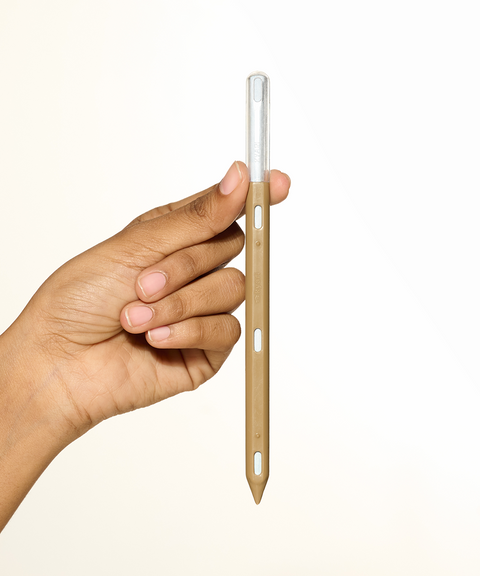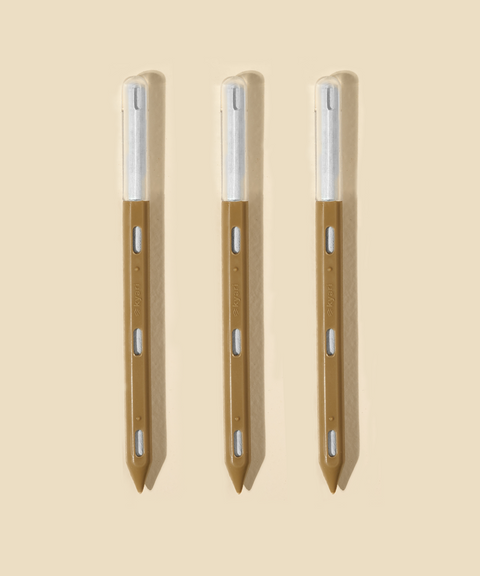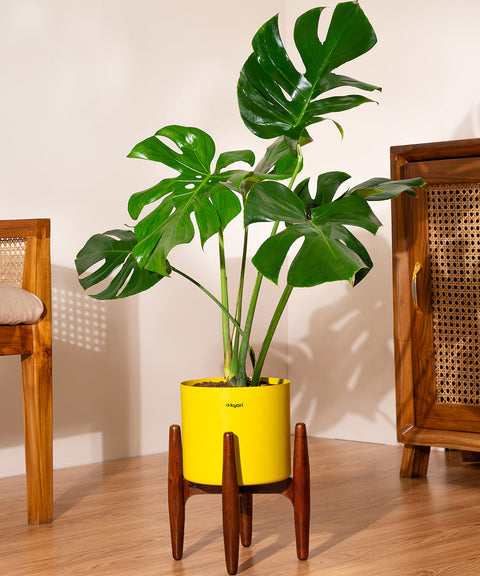Care guide
Most carnivorous plants require bright, indirect light. Place them in a location that receives several hours of bright, filtered sunlight each day. Avoid exposing them to direct sunlight for extended periods, as it can cause leaf burn. Some carnivorous plants, such as sundews and butterworts, can tolerate lower light levels.
Carnivorous plants have unique water requirements. They are typically adapted to growing in nutrient-poor environments, so it's essential to provide them with purified water or rainwater. Avoid using tap water or water that has been treated with chemicals like chlorine or fluoride, as these can be harmful to the plants.
Most carnivorous plants prefer to be watered from the bottom rather than the top. Fill a tray or saucer with purified water and place the plant's pot in the water so that the roots can soak it up. Keep the water level below the pot rim to prevent waterlogging. Check the water level regularly and refill as needed.
Carnivorous plants require a special type of soil that is low in nutrients and holds moisture well. Use a mixture of sphagnum moss, perlite, and sand or a pre-made carnivorous plant soil mix. Avoid using regular potting soil or compost, as these are too rich in nutrients and can harm the plants.
Carnivorous plants obtain their nutrients from capturing and digesting insects and other small prey. While they can survive without additional feeding, you can occasionally supplement their diet with small insects. Avoid feeding them raw meat or processed foods, as these can rot and harm the plants.
Carnivorous plants generally prefer high humidity levels. To increase humidity, you can place them on a tray filled with water and pebbles or use a humidifier in the vicinity. Avoid placing them near heating or cooling vents, as these can cause rapid fluctuations in humidity.
Carnivorous plants require good air circulation to prevent fungal or bacterial diseases. Ensure that there is some airflow around the plants, but avoid exposing them to strong drafts or hot, dry air.
Many carnivorous plants have a natural dormancy period during the winter months. During this time, they may enter a period of reduced growth or lose their leaves. Follow the specific dormancy requirements for the particular type of carnivorous plant you have. Reduce watering and provide cooler temperatures to mimic their natural winter conditions.








 Limited Time Deal
Limited Time Deal
 BYOB - Small Plants
BYOB - Small Plants





























































































